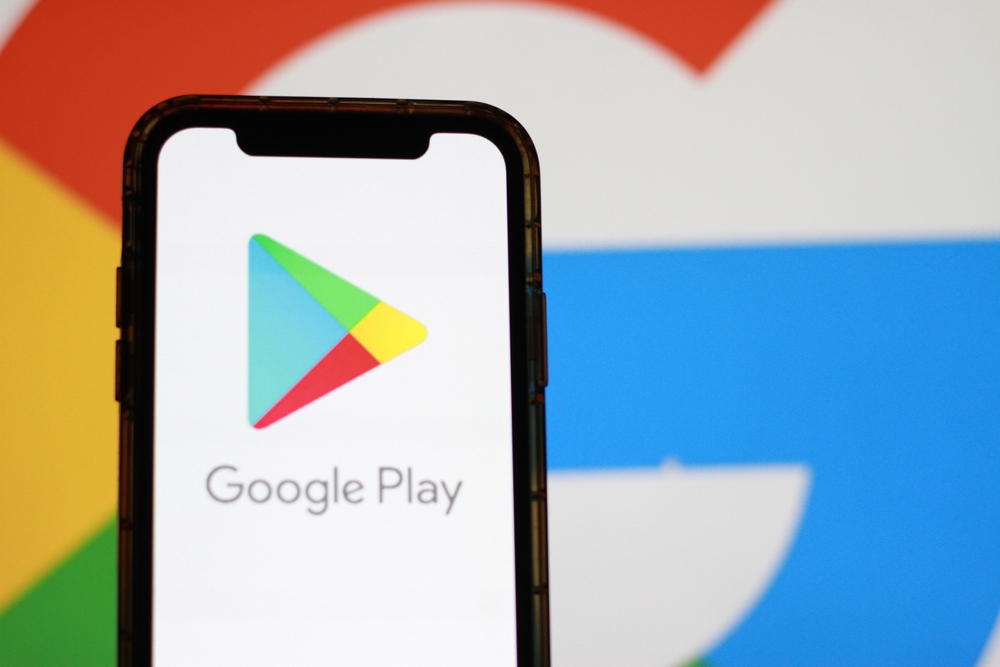Google has begun rolling out a new feature in the Play Store app aimed at protecting users from accidental purchases. This update introduces a slider that replaces the standard purchase button — a change designed to add an extra layer of user intent. As noted by Android Authority, this slider now supplements previously introduced biometric or password verification.

The idea of replacing the traditional button with a gesture-based slider was first announced in March. Back then, Google mentioned the update as part of upcoming Play Services features. However, the practical implementation has only now begun. The company officially tied the launch of this feature to version 45.6 of the Play Store, but the actual rollout started with version 45.8.21-31. It’s worth noting that not all users will see this update immediately — in some cases, it may take time to appear. Still, we’ll keep you updated as the rollout continues.
Improved Security Through Gesture-Based Confirmation
This new slider replaces the existing tap-to-confirm button used for one-time purchases and subscriptions. From now on, simply tapping the purchase area will not be sufficient. Instead, users must slide across to confirm — a motion-based action that helps eliminate unintentional purchases.
The addition aims to protect users, particularly those who haven’t enabled biometric authentication or password prompts. For many, especially parents or those sharing devices, this subtle change can make a noticeable difference in reducing accidental charges.
Gradual Rollout with Future Updates in Mind
Although the slider feature is being introduced with the current app versions, its availability may depend on device type, region, and update timing, notes NIX Solutions. Users are encouraged to keep their Play Store app up to date to access the latest improvements. As always, we’ll keep you updated as more integrations become available and the feature becomes more widespread.
This update is part of Google’s ongoing efforts to make digital transactions more intentional and user-friendly, while minimizing potential frustrations caused by unintended purchases.
